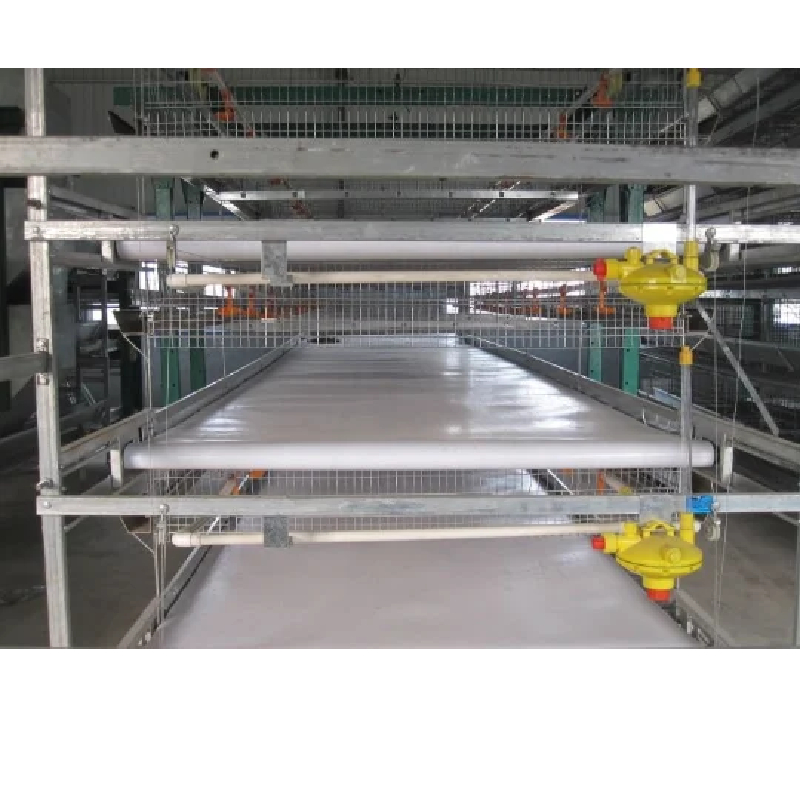cooling pads for evaporative coolers
Nov . 20, 2024 21:51 Back to list
cooling pads for evaporative coolers
Cooling Pads for Evaporative Coolers
Evaporative coolers, commonly known as swamp coolers, are an efficient and environmentally friendly cooling option for regions with low humidity. They work by drawing warm air through water-saturated pads, evaporating the water, and releasing cool air into the environment. An integral component of these coolers is the cooling pad itself. Choosing the right cooling pads can significantly enhance the performance of your evaporative cooler and ensure a comfortable indoor environment during the hot summer months.
The Function of Cooling Pads
Cooling pads play a critical role in the evaporative cooling process. Their primary function is to absorb water and facilitate the evaporation process when warm air passes through them. The cooling pads increase the surface area for evaporation, allowing for maximum heat absorption and the production of cool air. Typically made from materials such as cellulose, aspen wood, or synthetic fibers, each type of pad offers varying degrees of efficiency, durability, and cost.
Types of Cooling Pads
1. Cellulose Pads These are one of the most popular choices for evaporative coolers due to their high absorption capacity and durability. Cellulose pads consist of multiple layers of treated paper material that promote efficient water retention. They can last several seasons with proper maintenance and provide excellent cooling efficiency, making them a cost-effective option in the long run.
2. Aspen Pads Made from natural aspen wood, these pads are another common choice for evaporative cooling. They offer good cooling efficiency but may not last as long as cellulose pads, especially in areas with hard water or high mineral content in the water. Aspen pads are usually more affordable but require more frequent replacement.
3. Synthetic Pads These are made from plastic fibers and are designed to be long-lasting and resistant to decay. While they may not cool as effectively as cellulose or aspen pads, synthetic options are easy to clean and maintain, making them a practical choice for many homeowners.
Selecting the Right Pads
cooling pads for evaporative coolers

When choosing cooling pads for your evaporative cooler, several factors need to be considered
- Size Ensure that the pads are the correct size for your unit. Proper fitting is essential for achieving optimal air flow and cooling performance. - Material Consider the environment where the cooler will be used. For dry, hot climates, cellulose pads often provide the best performance. In contrast, aspen or synthetic pads might be suitable for areas with slightly higher humidity. - Cost While initial cost is an important factor, consider the long-term value of the pads. Investing in higher-quality pads like cellulose may reduce replacement frequency and offer better cooling efficiency.
Maintenance and Care
To maximize the effectiveness of your cooling pads, regular maintenance is essential. Here are some tips
1. Cleaning Dirty cooling pads can significantly reduce the efficiency of your evaporative cooler. Clean the pads regularly to remove dust and mineral buildup. Use a soft brush or hose to gently wash them without causing damage.
2. Replacement Monitor the condition of your pads and replace them as necessary. Signs of wear include discoloration, a hard texture, or evidence of mold growth. Generally, cellulose pads can last 3-5 years, while aspen pads may need replacement every 1-2 years.
3. Water Quality Using clean water can extend the life of your cooling pads. If your water is hard or contains high mineral content, consider installing a water softener to prevent mineral buildup on the pads.
Conclusion
Cooling pads are crucial for the efficient functioning of evaporative coolers. Selecting the right type of cooling pad and maintaining it properly can enhance the comfort of your indoor space while reducing energy costs. Whether you choose cellulose, aspen, or synthetic pads, understanding the specific needs of your evaporative cooler and the climate in which it operates will ultimately lead to better cooling performance and a more enjoyable living environment.
-
Hot Sale 24 & 18 Door Rabbit Cages - Premium Breeding Solutions
NewsJul.25,2025
-
Automatic Feeding Line System Pan Feeder Nipple Drinker - Anping County Yize Metal Products Co., Ltd.
NewsJul.21,2025
-
Automatic Feeding Line System Pan Feeder Nipple Drinker - Anping County Yize Metal Products Co., Ltd.
NewsJul.21,2025
-
Automatic Feeding Line System - Anping Yize | Precision & Nipple
NewsJul.21,2025
-
Automatic Feeding Line System - Anping Yize | Precision & Nipple
NewsJul.21,2025
-
Automatic Feeding Line System-Anping County Yize Metal Products Co., Ltd.|Efficient Feed Distribution&Customized Animal Farming Solutions
NewsJul.21,2025






